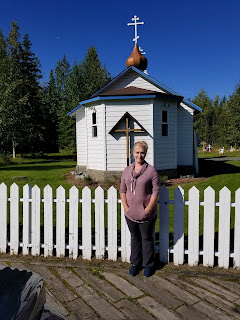Burning of the Wagons
The above picture was painted by my maternal great
grandfather B.Y. Andelin, it is a representation of the burning of the wagons
and event that occurred in the Utah Territory (now Wyoming) in 1857.
Interestingly enough my paternal great grandfather was at the
actual event and left his recollections of what took place.
William Isaac White was born Isaac LeBlanc was born sometime
between 1829 and 1840 in Quebec Canada, he left Canada and traveled to Chicago
as a young where he worked for a time as a teamster; transporting goods between
Chicago and Saint Louis. In 1857 while he was in Saint Louis he heard that the Army
was organizing men to go west, eventually ending in California. William left his freight and joined up to be
a teamster for the Army, driving a provisions wagon, with the expectation that
he would settle in California at the end of the trip. William later told family members that the
actual mission of the Army was to remove the then governor of the Utah Territory
Brigham Young and replace him with Alfred Cumming
a non-Mormon governor. William relayed to family members that General Harvey
was first in charge of this mission, but was called back to his post in Kansas
and replaced by General Johnson.
Brigham Young knew the Army was coming and dispatched his militia
led by Lot Smith to harass and waylay the Army.
On 5 and 6 October
1857 the Mormon militia burned the supply wagons as represented in the painting. William recalled the 5 October saying that
each man had a gun which was hung by a strap and always in reach, but on this
date a small group of militia members were able to sneak into camp at night and
steal all of their guns, leaving them helpless and unable to defend themselves.
While the wagons and all of the supplies were burned, no
lives were lost. William and the other
men were forced to spend the winter at Fort Bridger with minimal food, at one
point killing the mules for meat. In the
spring of 1858 Brigham Young sent some provisions to aid the starving army, but
the officers feared it was poisoned and destroyed it. Shortly after this incident William chose to
leave the fort and spent time living with the Indians before ending up in Utah
where he married his wife, and spent the remainder of his life in Porterville
Utah and was buried in the old Porterville Cemetery.



Comments
Post a Comment